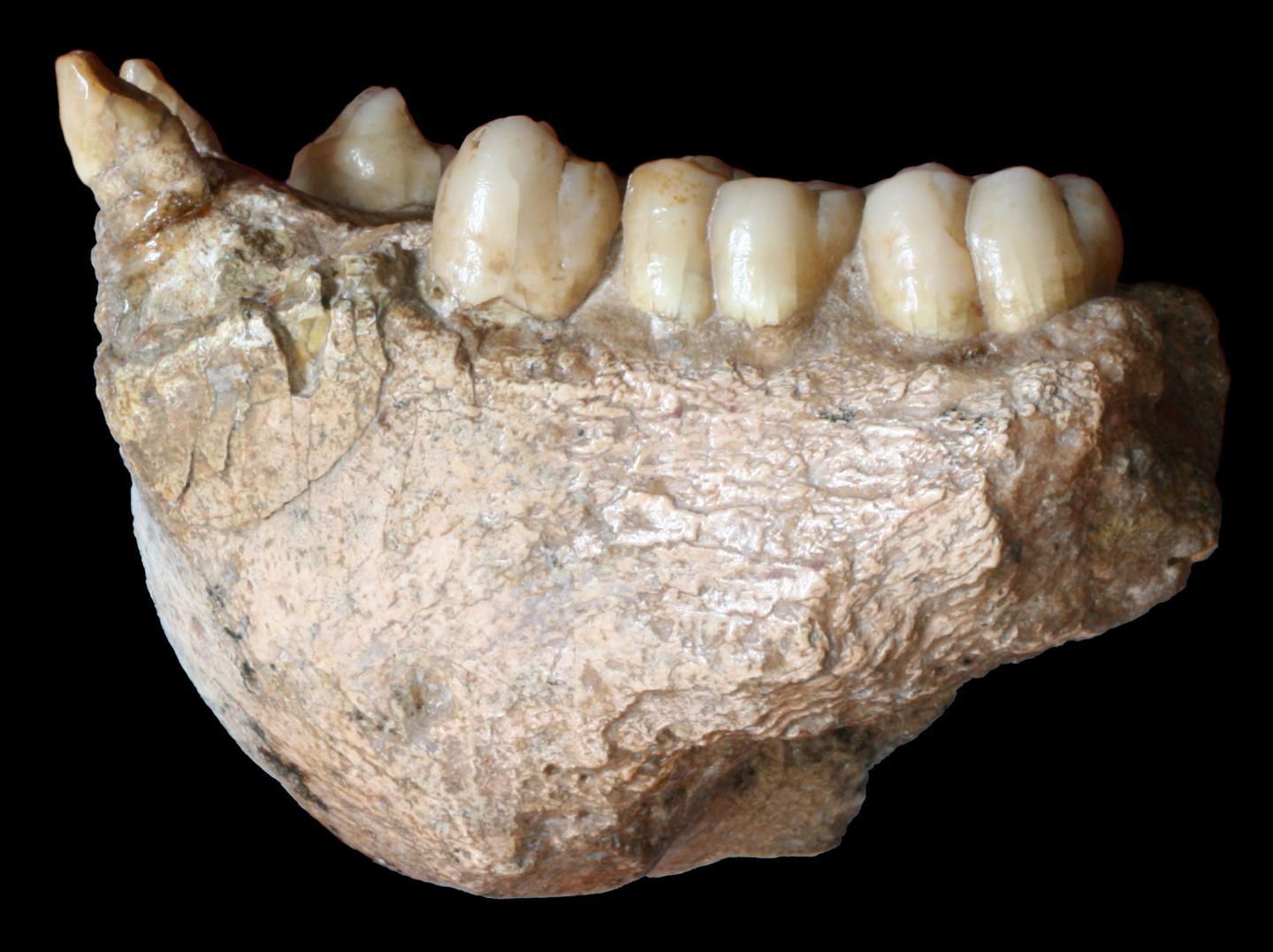

King Kong is not just a book. Or a movie.
He really existed.
It is connected to all of us.
In the area around Chuifeng Cave in southern China, a prehistoric primate was discovered in 1935. This was after a jawbone was found in a traditional Chinese medicine shop in Hong Kong. Sold as “Dragon's Teeth” CNN writes.
Scientists have now estimated that the extinct ape, called gigantopithecus blacki, extended three meters above the ground and weighed twice as much as a gorilla.
“Mysterious species”
No more parts of the giant's skeleton nor a skull were found.
– It's a mysterious species, says Enrico Cappellini, lecturer at the Global Institute of the University of Copenhagen at the Faculty of Health and Medical Sciences.

According to DNA, which was taken from 1.9 million-year-old ape teeth, Gigantopithecus blackii's closest relative is the orangutan.
– There have been several theories about what the closest living creature could be. Genetic material settled the debate. He says about the results published in the scientific journal that it is genetically similar to an orangutan nature.
Tracks: Thousands of teeth
The researchers said that this unusually large ape became extinct 300,000 years ago. The only traces of it are four fragments of a jaw bone and several thousand teeth.
However, the giant, sometimes called the real King Kong, impressed Hollywood, which placed him in a cameo role in the new version of The Jungle Book, as the inspiration for King Louie.
Unclear what it looks like
However, Cappellini says that doesn't mean Gigantopithecus necessarily had to look like an orangutan.
-The information available to us does not give us more knowledge about the physics, biology, and appearance of the animal.
Footnote: We humans share 97% of our DNA with orangutans.

“Falls down a lot. Internet fanatic. Proud analyst. Creator. Wannabe music lover. Introvert. Tv aficionado.”



More Stories
More than 100 Republicans rule: Trump is unfit | World
Botkyrka Municipality suspends its directors after high-profile trip to New York
Huge asteroid approaching Earth | World